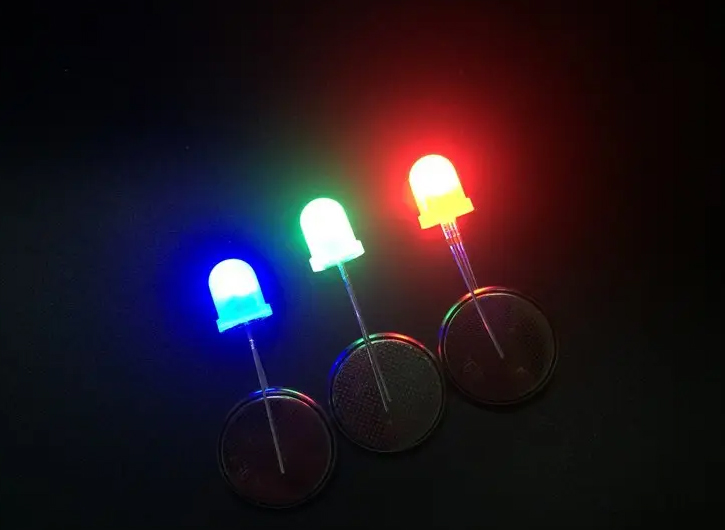
Introduction
As LED Display Screens continue to proliferate across various industries, it becomes increasingly crucial to distinguish between high-quality and subpar products. The quality of an LED display directly impacts its performance, longevity, and overall value for users. In this technical industry overview, we will delve into the key criteria and methods for assessing the quality of LED Display Screens.
Pixel Pitch and Resolution
The pixel pitch, measured in millimeters (mm), is a fundamental indicator of an LED screen's quality. Smaller pixel pitches correspond to higher resolution and better image clarity. A high-quality LED display should offer a pixel pitch appropriate for its intended use, ensuring sharp visuals and legible content.
Brightness and Contrast Ratio
Brightness, often measured in nits, and contrast ratio are essential parameters for evaluating the visual performance of an LED display. A superior LED screen should deliver ample brightness to maintain visibility under various lighting conditions, coupled with a high contrast ratio for vivid images and deep blacks.
Color Accuracy and Uniformity
Color accuracy ensures that an LED display reproduces colors faithfully. Advanced LED screens employ technologies like 3-in-1 SMD (Surface-Mounted Device) LED's to achieve accurate and consistent color representation across the screen. Quality control measures should ensure color uniformity across the entire display surface.
Refresh Rate and Frame Rate
A high refresh rate, typically measured in Hertz (Hz), reduces motion blur and ensures smooth video playback. A quality LED display should support a refresh rate suitable for video content, while also synchronizing with the frame rate of input sources to avoid tearing and stuttering.
Viewing Angle and Uniformity
The viewing angle indicates the angle at which the screen maintains optimal image quality. High-quality LED Display Screens have wide viewing angles, ensuring clear visuals for a broad audience. Additionally, uniform brightness and color distribution across the screen are vital to prevent hot-spots or uneven illumination.
Panel Lifespan and Reliability
A durable LED display is a testament to its quality. Assessing the mean time between failures (MTBF) and the expected lifespan of the LED panel can provide insights into its reliability. Premium LED screens are built to withstand extended operation without significant degradation in performance.
Energy-efficient LED Display Screens not only reduce operational costs but also minimize their environmental footprint. Evaluating power consumption, cooling requirements, and adherence to eco-friendly standards can help assess the sustainability of the product.
Conclusion
In the rapidly evolving LED Display Screen industry, discerning quality from inferiority is pivotal. By considering factors like pixel pitch, brightness, color accuracy, refresh rate, viewing angle, reliability, and sustainability, industry professionals can make informed decisions when selecting LED displays for their applications. Investing in high-quality LED Display Screens not only ensures superior visual experiences but also contributes to the long-term success and satisfaction of end-users.
